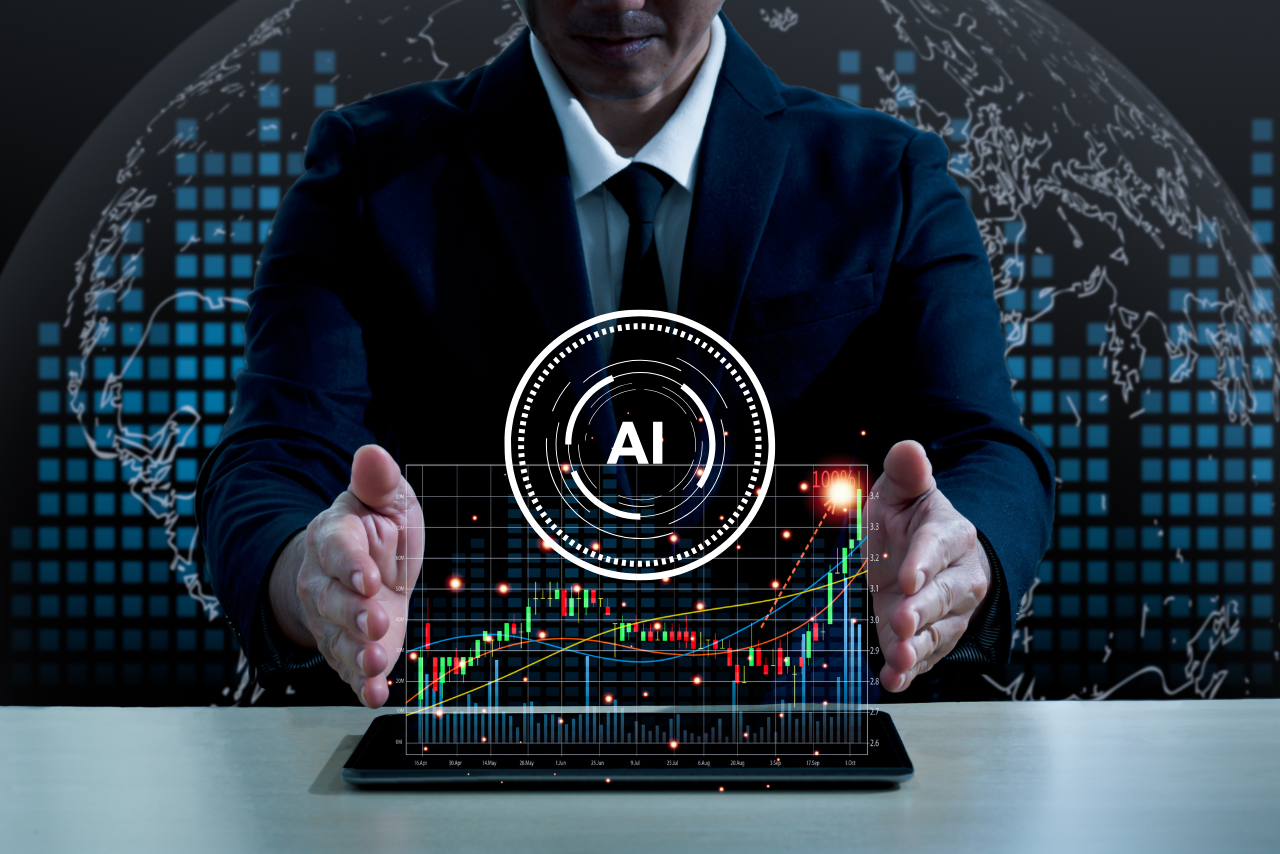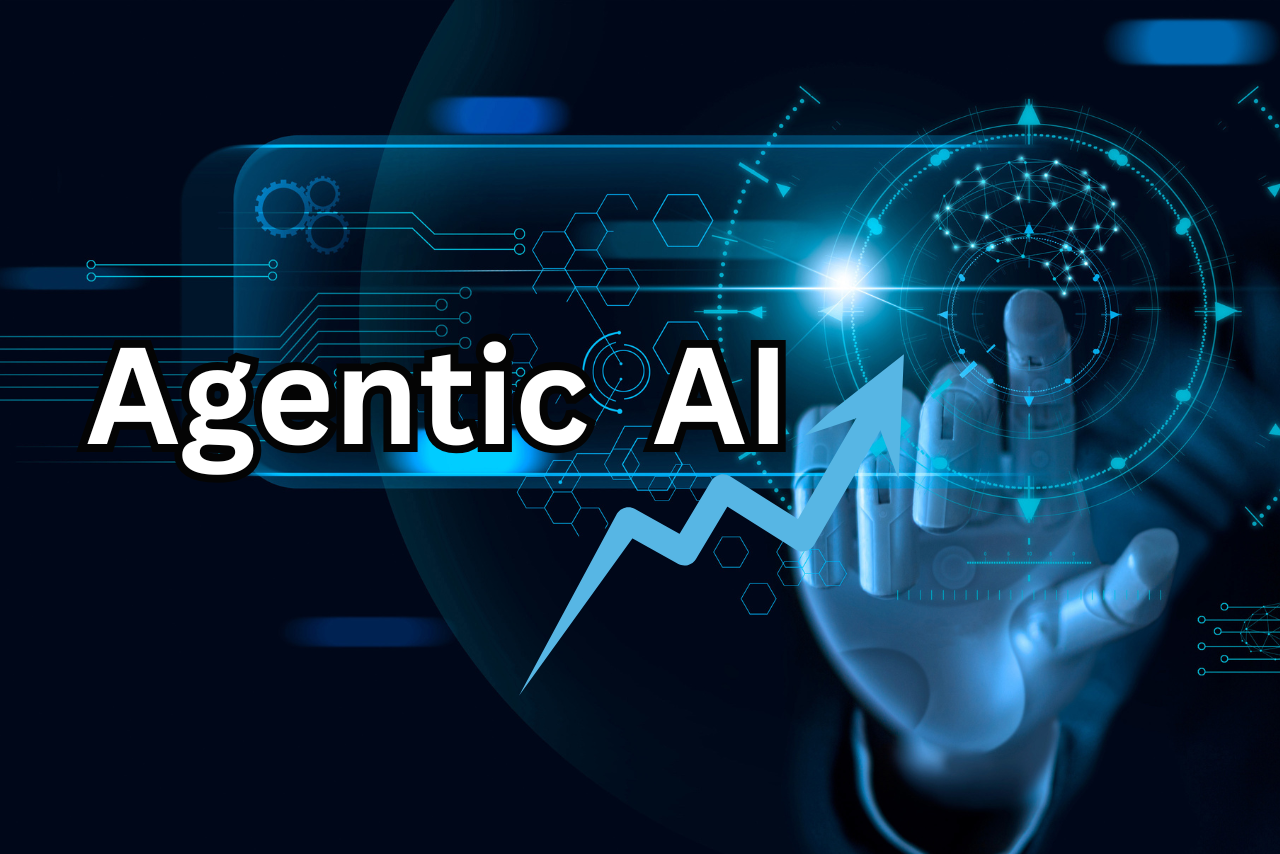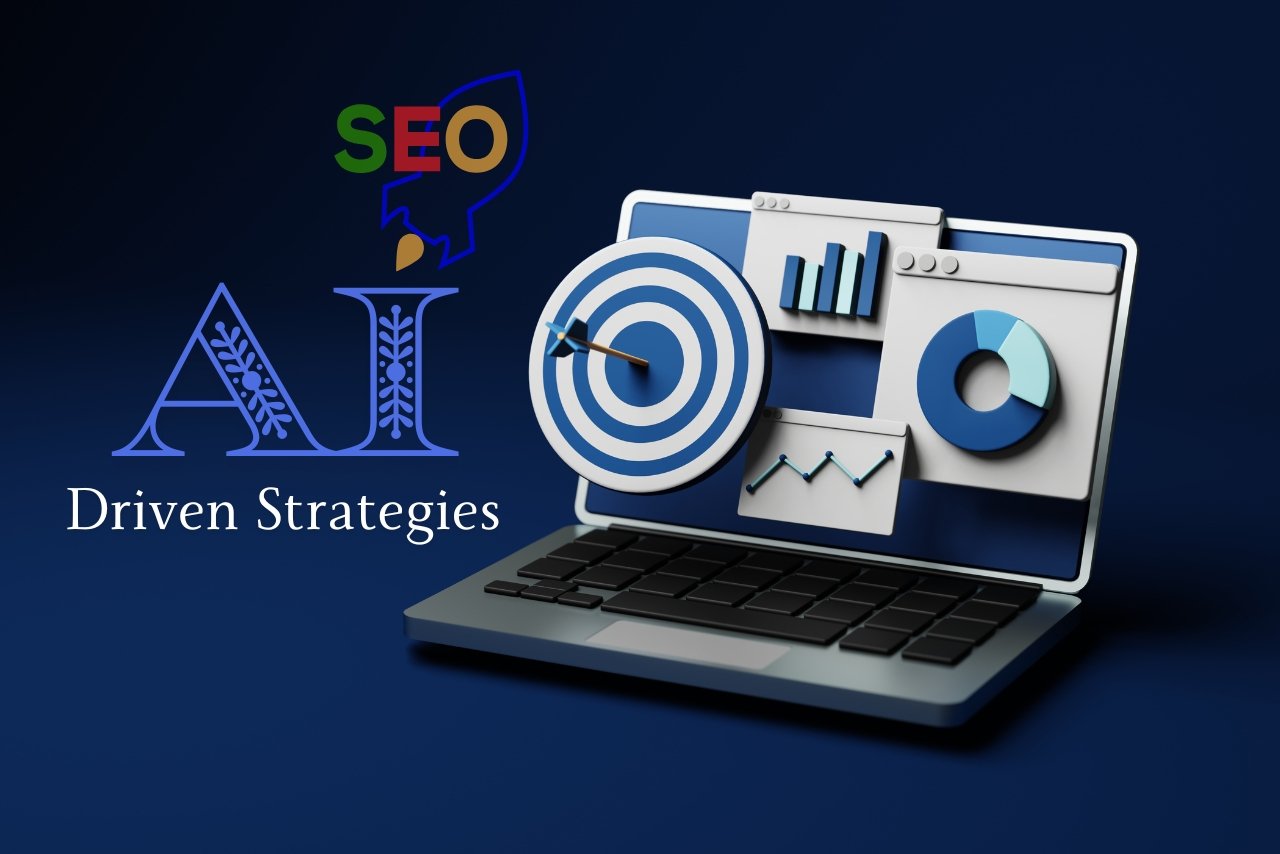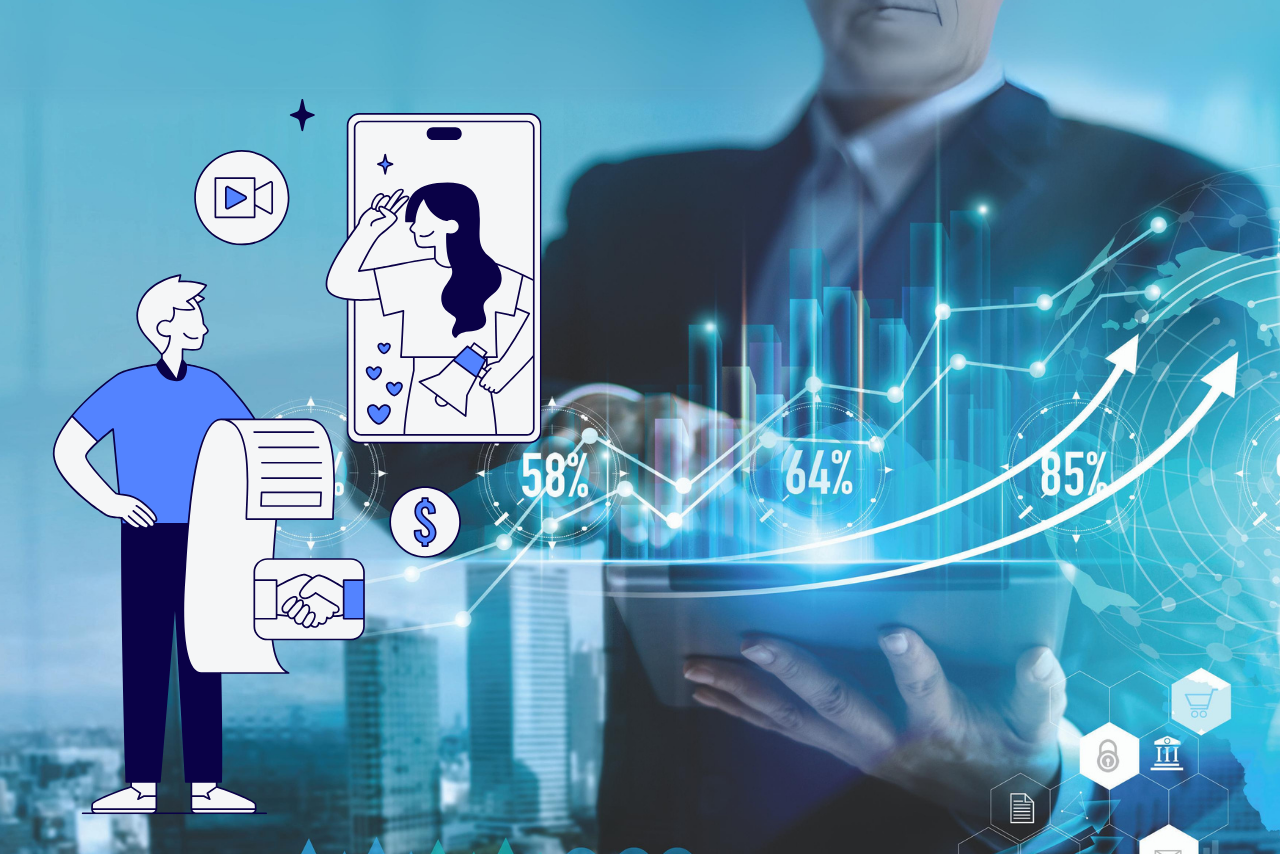Digital marketing is continuously shifting gears—becoming smarter, faster, and more targeted. With AI driving personalization and micro-influencers offering authenticity, brands have powerful new tools to engage audiences like never before.
Gone are the days of one-size-fits-all campaigns. Today, success lies in real-time adaptation and building trust with smaller, niche audiences who crave connection. In this blog, we’ll explore how AI and micro-influencers redefine marketing strategies and how you can leverage these trends to stay ahead of the curve.
What is the role of AI in digital marketing?
AI in digital marketing uses AI skills like data collection, natural language processing, machine learning, and data analysis to learn more about customers and automatically make marketing tasks and choices.
AI is useful because it can quickly help you understand how your customers act by collecting huge amounts of data. These can be used to react to and customize a customer’s needs based on what they do and what they like. AI can also change and get better over time with the help of new data and comments.
With artificial intelligence, marketers can be more successful and tailor their messages to each customer. Customers get useful content based on what they do on a website, in an ad, or in a branded message.
But AI doesn’t take over people’s jobs and responsibilities! It is a tool that works with and improves those, but people are needed to use it properly.
Who are Micro-Influencers?
A micro-influencer has between 10,000 and 100,000 followers. Influencers are often divided into four primary categories based on their follower count:
Nano-influencers: 1,000 to 10,000 followers.
Micro-influencers: 10,000 to 100,000 followers.
Macro-influencers: 100K-1 million followers.
Mega or famous influencers: more than one million followers.
Why do Micro-Influencers matter?
Better Engagement Rates: Micro-influencers have stronger connections with their followers, resulting in more meaningful interactions and better engagement than larger influencers.
Niche Audience Targeting: Brands can work with influencers in certain areas to reach very specific groups of people, like fitness fans, shoppers who care about the environment, or tech-savvy millennials.
Authentic Storytelling: Micro-influencers naturally incorporate product suggestions into their regular material rather than planned marketing, fostering true trust among their followers.
Case Example: Sani, a fashion brand, successfully uses day-in-the-life videos on TikTok to show their crew selecting materials and preparing products, allowing the public to feel linked to the brand’s story.
AI and Micro-Influencers: A Successful Mix
In digital marketing, artificial intelligence and micro-influencers create fresh opportunities for real data-driven campaigns. AI lets companies track real-time performance, forecast campaign results, and find the best influencers for their niche.
Finding Influencers Through the Use of AI
Searching for the appropriate influencers can be difficult; however, artificial intelligence solutions such as Upfluence and AspireIQ simplify the process by analyzing influencers’ metrics, audience demographics, and material performance.
With the assistance of these platforms, marketers can find micro-influencers whose values are congruent with their brand.
Real-time optimization of ongoing campaigns
The use of artificial intelligence enables marketers to monitor influencer campaigns in real time, tracking indicators such as engagement rate, increase in followers, and conversions. This allows for adjustments in the middle of the campaign to maximize performance.
For Example, a fashion shop can monitor the performance of influencer-driven campaigns, and the retailer may adjust its messaging based on the data it receives in real-time.
Artificial intelligence systems can also suggest content improvements to boost reach and engagement if specific postings do not perform as expected.
Practical Tips for Digital Marketers
To successfully implement artificial intelligence and micro-influencer methods, one must have access to the appropriate tools and approaches. Some of the best practices are as follows:
1. Select the Appropriate Artificial Intelligence Tools:
Influencer Marketing Platforms such as Heepsy and HypeAuditor utilize AI to assess influencers’ authenticity and engagement levels with their audience. You can use these tools to evaluate influencers and ensure their audience is compatible with the demographics you are trying to reach.
2. Establish long-term connections with influencers.
When it comes to marketing, brands should prioritize the development of meaningful partnerships above executing one-off campaigns. The engagement generated by influencers who identify themselves with your brand over time is more genuine.
3. Personalize Campaigns Using AI Insights
AI-driven information can be used to create personalized campaigns for various audience segments. You should use dynamic advertisements and customized influencer content to resonate with your audience across different platforms.
4. Integrate Analytics Tools to Measure Success
Tools like Google Analytics 4 help track the performance of campaigns across several platforms. To improve the effectiveness of future tactics, it is important to monitor important indicators such as click-through rates, engagement levels, and conversions.
Challenges to Be Aware Of
Although artificial intelligence (AI) and micro-influencers present substantial benefits, they also pose obstacles:
The Challenge of Authenticity in the Face of Automation: Excessive automation might water out authenticity. It is of the utmost importance to find a middle ground between AI’s efficiency and human inventiveness.
Avoiding Influencer Fatigue: Working with an excessive number of influencers or promoting an excessive amount of sponsored content might lead to audience burnout. Marketers need to exercise discretion and develop a strategic approach when selecting influencers.
Managing Data Privacy: AI relies significantly on customer data, and misuse might result in privacy concerns. Digital Marketers must comply with the General Data Protection Regulation (GDPR) and the California Consumer Privacy Act (CCPA).
Conclusion: Embrace the Future Today
Micro-influencer marketing and artificial intelligence will revolutionize brand interaction with customers by 2024. While micro-influencers provide authenticity and trust, artificial intelligence provides efficiency, accuracy, and personalization ability. Combined, they provide a strong basis for contemporary digital marketing plans.
There is great potential for brands ready to embrace these developments. Beginning with AI technologies, work with micro-influencers, and regularly monitor campaign results. Companies can keep ahead of the competition and establish closer relationships with their audience by mixing automation with the human touch.
The future belongs to marketers who combine technology with authenticity. So, dive in and use these trends to design faster, bigger, and better campaigns.






